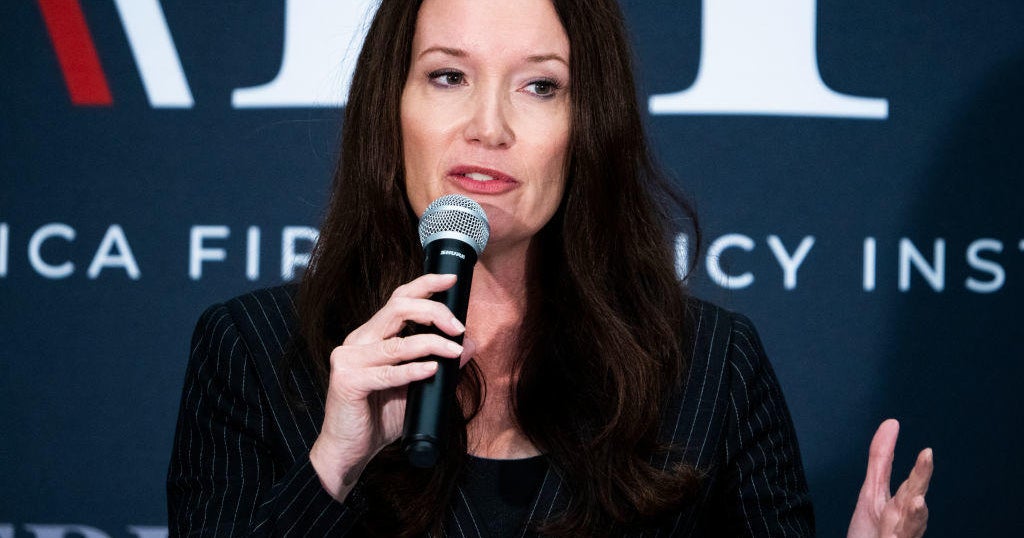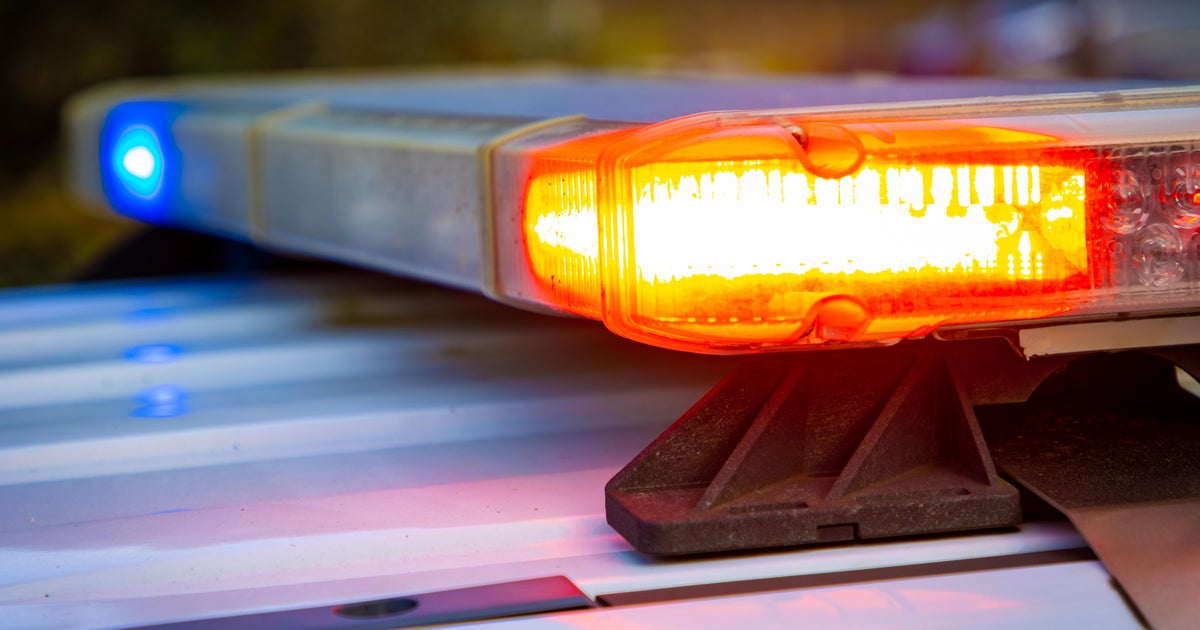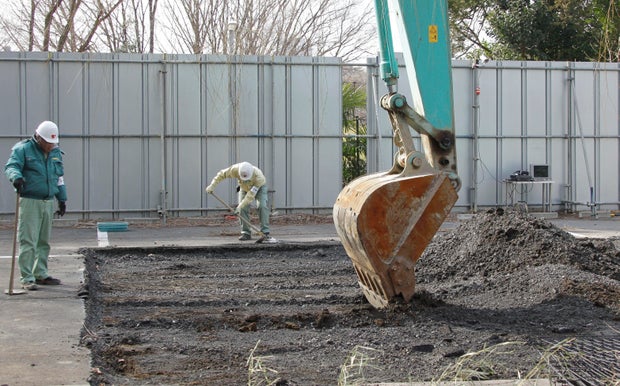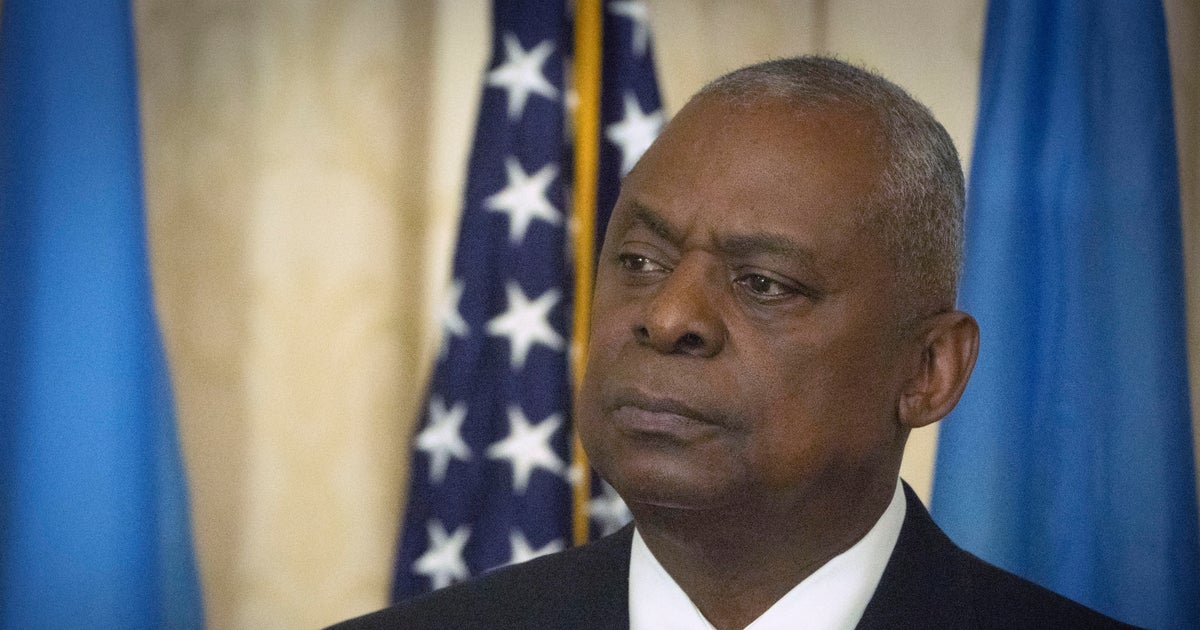CBS News
Mysterious skulls and skeletons unearthed 35 years ago could hold evidence of Japanese war crimes, activists say

Depending on who you ask, the bones that have been sitting in a Tokyo repository for decades could be either leftovers from early 20th century anatomy classes, or the unburied and unidentified victims of one of the country’s most notorious war crimes.
A group of activists, historians and other experts who want the government to investigate links to wartime human germ warfare experiments met over the weekend to mark the 35th anniversary of their discovery and renew a call for an independent panel to examine the evidence.
Japan’s government has long avoided discussing wartime atrocities, including the sexual abuse of Asian women known as “comfort women” and Korean forced laborers at Japanese mines and factories, often on grounds of lack of documentary proof. Japan has apologized for its aggression in Asia, but since the 2010s it has been repeatedly criticized in South Korea and China for backpedaling.
Around a dozen skulls, many with cuts, and parts of other skeletons were unearthed on July 22, 1989, during construction of a Health Ministry research institute at the site of the wartime Army Medical School. The school’s close ties to a germ and biological warfare unit led many to suspect that they could be the remains of a dark history that the Japanese government has never officially acknowledged.
Headquartered in then-Japanese-controlled northeast China, Unit 731 and several related units injected prisoners of war with typhus, cholera and other diseases, according to historians and former unit members. They also say the unit performed unnecessary amputations and organ removals on living people to practice surgery and froze prisoners to death in endurance tests. Japan’s government has acknowledged only that Unit 731 existed.
Koji Sasahara / AP
Led by Gen. Shiro Ishii, Unit 731 researchers “used men and women as involuntary test subjects, causing them unspeakable pain and suffering as they were injected with germs, fed infected foods, and bitten by rodents and fleas,” according to the U.S. Naval Institute.
The institute said Unit 731 also produced devices to poison individuals with fountain pens and pointed walking sticks, as well as “techniques for clandestinely poisoning drinking wells.” The unit also developed a bomb “that could destroy vegetation in an area of 20 square miles” and experimented with artillery shells carrying gas and biological agents, the institute said.
Top Unit 731 officials were not tried in postwar tribunals as the U.S. sought to get ahold of chemical warfare data, historians say.
“Perhaps the most notorious was Gen. Ishii of Unit 731, who escaped postwar prosecution in exchange, apparently, for supplying the U.S. government with details of his gruesome human experiments,” historian Edward Drea wrote in an essay published by the U.S. Archives.
Lower-ranked officials were tried by Soviet tribunals. Some of the unit’s leaders became medical professors and pharmaceutical executives after the war.
“We just want to find the truth”
A previous Health Ministry investigation said the bones couldn’t be linked to the unit, and concluded that the remains were most likely from bodies used in medical education or brought back from war zones for analysis, in a 2001 report based on questioning 290 people associated with the school.
It acknowledged that some interviewees drew connections to Unit 731. One said he saw a head in a barrel shipped from Manchuria, northern China, where the unit was based. Two others noted hearing about specimens from the unit being stored in a school building, but had not actually seen them. Others denied the link, saying the specimens could include those from the prewar era.
A 1992 anthropological analysis found that the bones came from at least 62 and possibly more than 100 different bodies, mostly adults from parts of Asia outside Japan. The holes and cuts found on some skulls were made after death, it said, but did not find evidence linking the bones to Unit 731.
But activists say that the government could do more to uncover the truth, including publishing full accounts of its interviews and conducting DNA testing.
Kazuyuki Kawamura, a former Shinjuku district assembly member who has devoted most of his career to resolving the bone mystery, recently obtained 400 pages of research materials from the 2001 report using freedom of information requests, and says it shows that the government “tactfully excluded” key information from witness accounts.
The newly published material doesn’t contain a smoking gun, but it includes vivid descriptions – the man who described seeing a head in a barrel also described helping to handle it and then running off to vomit – and comments from several witnesses who suggested that more forensic investigation might show a link to Unit 731.
“Our goal is to identify the bones and send them back to their families,” said Kawamura. The bones are virtually the only proof of what happened, he says. “We just want to find the truth.”
Health Ministry official Atsushi Akiyama said that witness accounts had already been analyzed and factored into the 2001 report, and the government’s position remains unchanged. A key missing link is a documentary evidence, such as a label on a specimen container or official records, he said.
Documents, especially those involving Japan’s wartime atrocities, were carefully destroyed in the war’s closing days and finding new evidence for a proof would be difficult.
Akiyama added that a lack of information about the bones would make DNA analysis difficult.
Hideo Shimizu, who was sent to Unit 731 in April 1945 at age 14 as lab technician and joined the meeting online from his home in Nagano, said he remembers seeing heads and body parts in formalin jars stored in a specimen room in the unit’s main building. One that struck him most was a dissected belly with a fetus inside. He was told they were “maruta” – logs – a term used for prisoners chosen for experiments.
Days before Japan’s Aug. 15, 1945 surrender, Shimizu was ordered to collect bones of prisoners’ bodies burned in a pit. He was then given a pistol and a packet of cyanide to kill himself if he was caught on his journey back to Japan.
He was ordered never to tell anyone about his Unit 731 experience, never contact his colleagues, and never seek a government or medical job.
Shimizu said he cannot tell if any specimen he saw at the 731 could be among the Shinjuku bones by looking at their photos, but that what he saw in Harbin should never be repeated. When he sees his great-grandchildren, he said, they remind him of that fetus he saw and the lives lost.
“I want younger people to understand the tragedy of war,” he said.
CBS News
Trump picks former White House aide Brooke Rollins to lead the USDA

President-elect Donald Trump said Saturday that he will nominate former White House aide Brooke Rollins to be his agriculture secretary, the last of his picks to lead executive agencies and another choice from within his established circle of advisers and allies.
The nomination must be confirmed by the Senate, which will be controlled by Republicans when Trump takes office Jan. 20, 2025. Rollins would succeed Tom Vilsack, President Biden’s agriculture secretary who oversees the sprawling agency that controls policies, regulations and aid programs related to farming, forestry, ranching, food quality and nutrition.
Rollins, who graduated from Texas A&M University with a degree in agricultural development, is a longtime Trump associate who served as his former domestic policy chief. She is president and CEO of the America First Policy Institute, a group helping to lay the groundwork for a second Trump administration.
Tom Williams/CQ-Roll Call, Inc via Getty Images
Rollins, 52, previously served as an aide to former Texas Gov. Rick Perry and ran a think tank, the Texas Public Policy Foundation.
Rollins’ pick completes Trump’s selection of the heads of executive branch departments, just two and a half weeks after the former president won the White House once again. Several other picks that are traditionally Cabinet-level remain, including U.S. Trade Representative and head of the Small Business Administration.
Trump didn’t offer many specifics about his agriculture policies during the campaign, but farmers could be affected if he carries out his pledge to impose widespread tariffs. During the first Trump administration, countries like China responded to Trump’s tariffs by imposing retaliatory tariffs on U.S. exports like the corn and soybeans routinely sold overseas. Trump countered by offering massive multibillion-dollar aid to farmers to help them weather the trade war.
President Abraham Lincoln founded the USDA in 1862, when about half of all Americans lived on farms. The USDA oversees multiple support programs for farmers; animal and plant health; and the safety of meat, poultry and eggs that anchor the nation’s food supply. Its federal nutrition programs provide food to low-income people, pregnant women and young children. And the agency sets standards for school meals.
Robert F. Kennedy Jr., Trump’s nominee to lead the Department of Health and Human Services, has vowed to strip ultraprocessed foods from school lunches and to stop allowing Supplemental Nutrition Assistance Program beneficiaries from using food stamps to buy soda, candy or other so-called junk foods. But it would be the USDA, not HHS, that would be responsible for enacting those changes.
In addition, HHS and USDA will work together to finalize the 2025-2030 edition of the Dietary Guidelines for Americans. They are due late next year, with guidance for healthy diets and standards for federal nutrition programs.
CBS News
North Dakota Badlands national monument proposed with tribes’ support

A coalition of conservation groups and Native American tribal citizens on Friday called on President Joe Biden to designate nearly 140,000 acres of rugged, scenic Badlands as North Dakota’s first national monument, a proposal several tribal nations say would preserve the area’s indigenous and cultural heritage.
The proposed Maah Daah Hey National Monument would encompass 11 noncontiguous, newly designated units totaling 139,729 acres in the Little Missouri National Grassland. The proposed units would hug the popular recreation trail of the same name and neighbor Theodore Roosevelt National Park, named for the 26th president who ranched and roamed in the Badlands as a young man in the 1880s.
“When you tell the story of landscape, you have to tell the story of people,” said Michael Barthelemy, an enrolled member of the Mandan, Hidatsa and Arikara Nation and director of Native American studies at Nueta Hidatsa Sahnish College. “You have to tell the story of the people that first inhabited those places and the symbiotic relationship between the people and the landscape, how the people worked to shape the land and how the land worked to shape the people.”
The U.S. Forest Service would manage the proposed monument. The National Park Service oversees many national monuments, which are similar to national parks and usually designated by the president to protect the landscape’s features.
Supporters have traveled twice to Washington to meet with White House, Interior Department, Forest Service and Department of Agriculture officials. But the effort faces an uphill battle with less than two months remaining in Biden’s term and potential headwinds in President-elect Trump’s incoming administration.
If unsuccessful, the group would turn to the Trump administration “because we believe this is a good idea regardless of who’s president,” Dakota Resource Council Executive Director Scott Skokos said.
Dozens if not hundreds of oil and natural gas wells dot the landscape where the proposed monument would span, according to the supporters’ map. But the proposed units have no oil and gas leases, private inholdings or surface occupancy, and no grazing leases would be removed, said North Dakota Wildlife Federation Executive Director John Bradley.
The proposal is supported by the MHA Nation, the Spirit Lake Tribe and the Standing Rock Sioux Tribe through council resolutions.
If created, the monument would help tribal citizens stay connected to their identity, said Democratic state Rep. Lisa Finley-DeVille, an MHA Nation enrolled member.
North Dakota Gov. Doug Burgum is Trump’s pick to lead the Interior Department, which oversees the National Park Service. In a written statement, Burgum said: “North Dakota is proof that we can protect our precious parks, cultural heritage and natural resources AND responsibly develop our vast energy resources.”
North Dakota Sen. John Hoeven’s office said Friday was the first they had heard of the proposal, “but any effort that would make it harder for ranchers to operate and that could restrict multiple use, including energy development, is going to raise concerns with Senator Hoeven.”
CBS News
New Mexico city reaches $20 million settlement in death of woman fatally shot by officer

A city in New Mexico has reached a $20 million settlement with the family of a woman who was shot and killed by a police officer now charged with second-degree murder.
Teresa Gomez, 45, was fatally shot in October 2023 shortly after a Las Cruces police officer on a bicycle approached her while she sat in a parked car with another person, authorities said. Body camera video shows the officer shot Gomez three times as she tried to drive away.
The officer, identified by the city as Felipe Hernandez, was charged in January and fired months later from the Las Cruces Police Department.
“This settlement should be understood as a statement of the City’s profound feeling of loss for the death of Gomez and of the City’s condolences to her family,” the city of Las Cruces said in a news release sent Friday.
Hernandez has pleaded not guilty to the murder charge. His trial is scheduled for June 2. The Associated Press sent an email Saturday seeking comment from Hernandez’s attorney.
A lawyer for the Gomez family said her relatives are grateful to the city “for recognizing the injustice of Teresa’s death,” the Las Cruces Sun-News reported.
“They trust that the city will redouble efforts to make sure no other family suffers the tragedy of losing a loved one to abusive police conduct,” Shannon Kennedy said in a statement to the newspaper.











